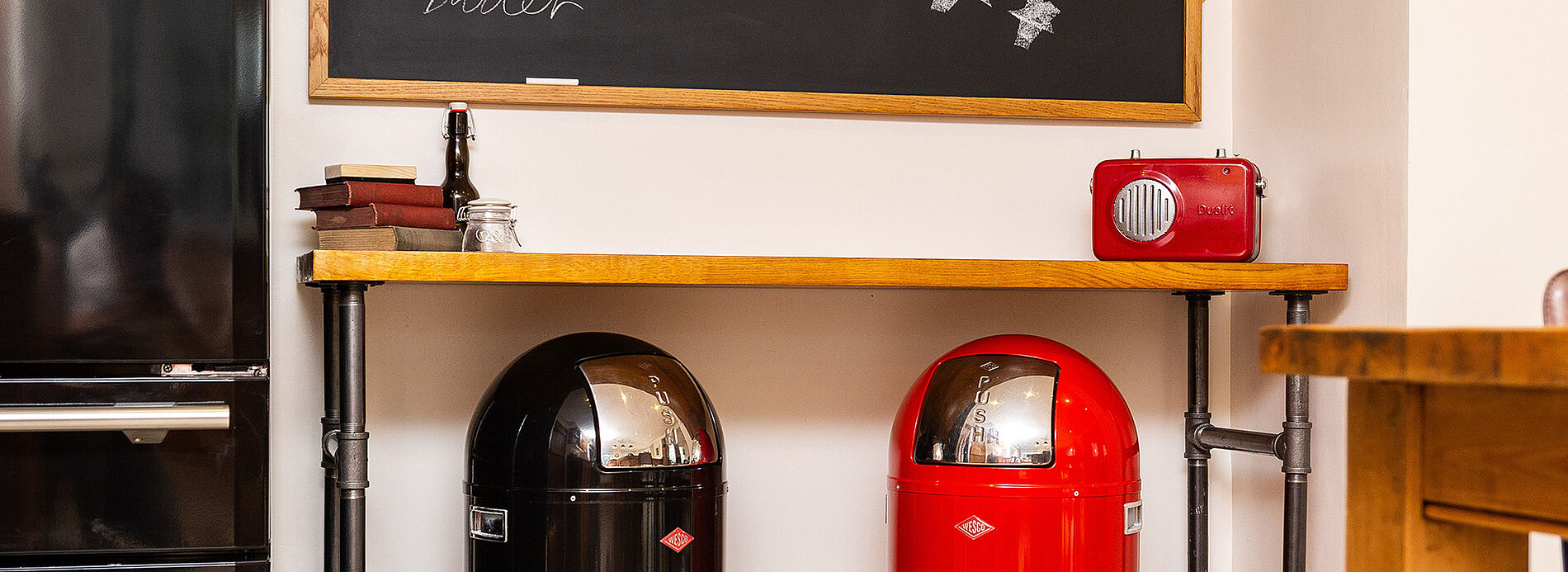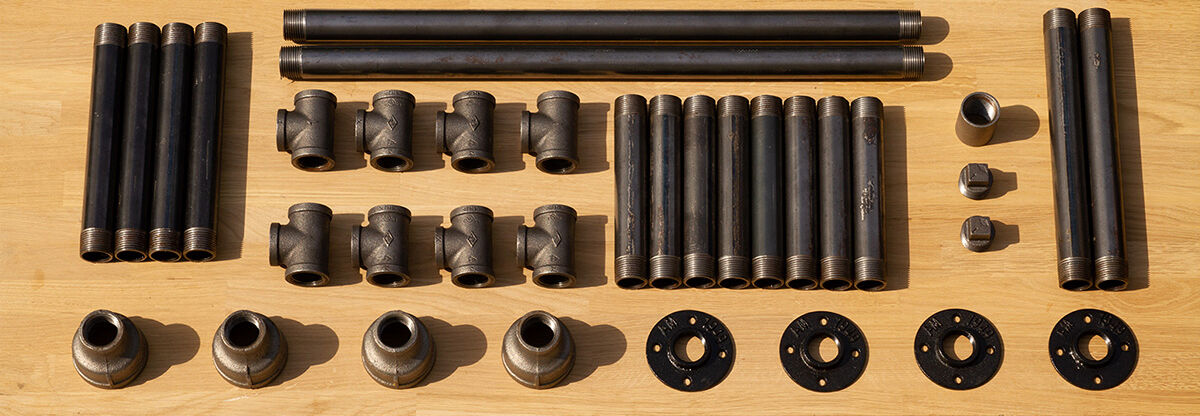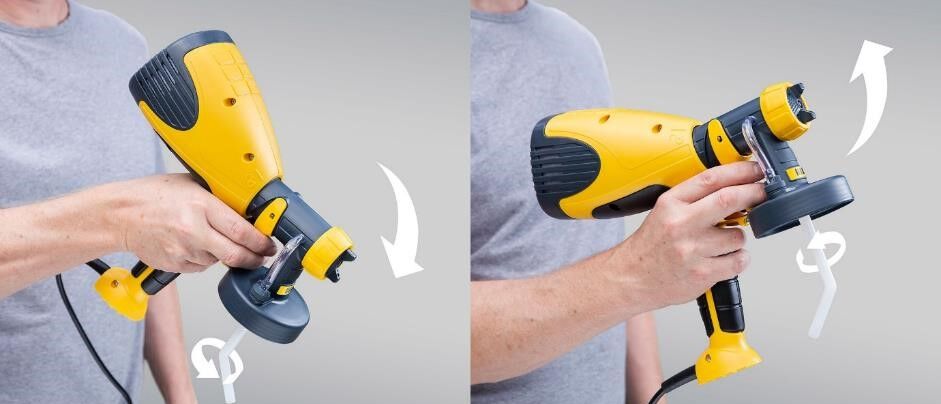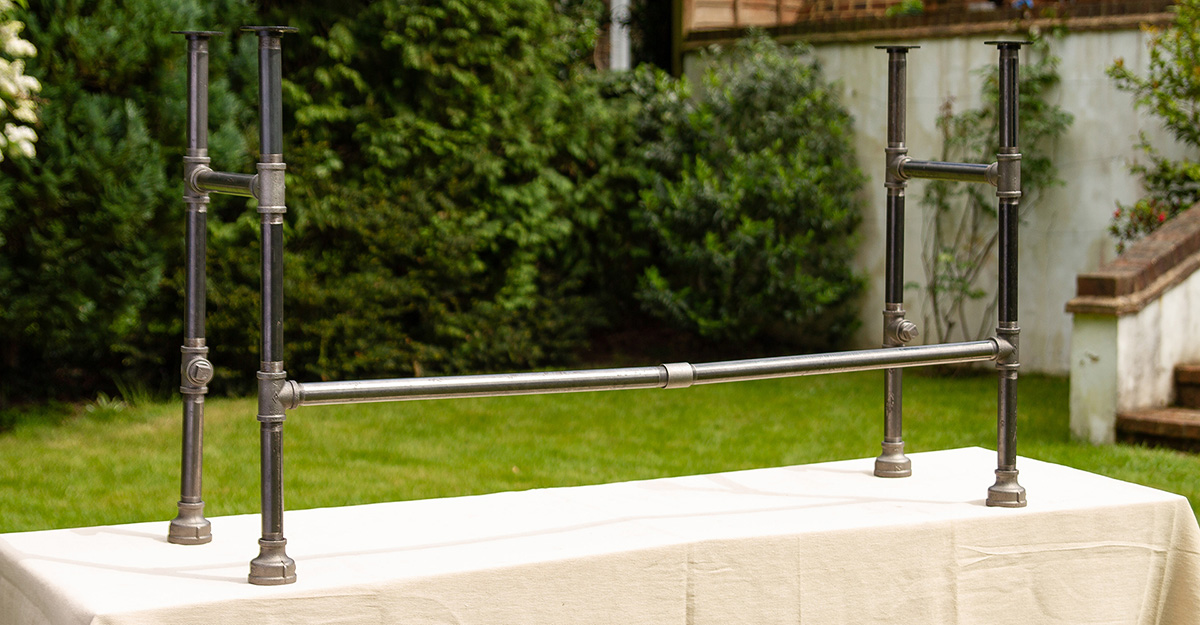What about making your own furniture that goes perfectly with you and your style? You can find a modern solution in Industrial Design – a trend that everyone’s talking about. But what makes it so special? Quite simply: This style places no limits on creativity and can be conjured up in our homes easily.
We show you how you can build such a stylish piece of furniture in the Industrial Design style yourself in just a few steps.






![[Translate to English:] Tisch im Industrial Chic Design [Translate to English:] Tisch im Industrial Chic Design](https://cdn.wagner-group.com/fileadmin/heimwerker/Projektbeispiele/Industrial_Tisch_Bilder/Industrial_Table_How-to_Guide_0818_HighRes-7230.jpg)



